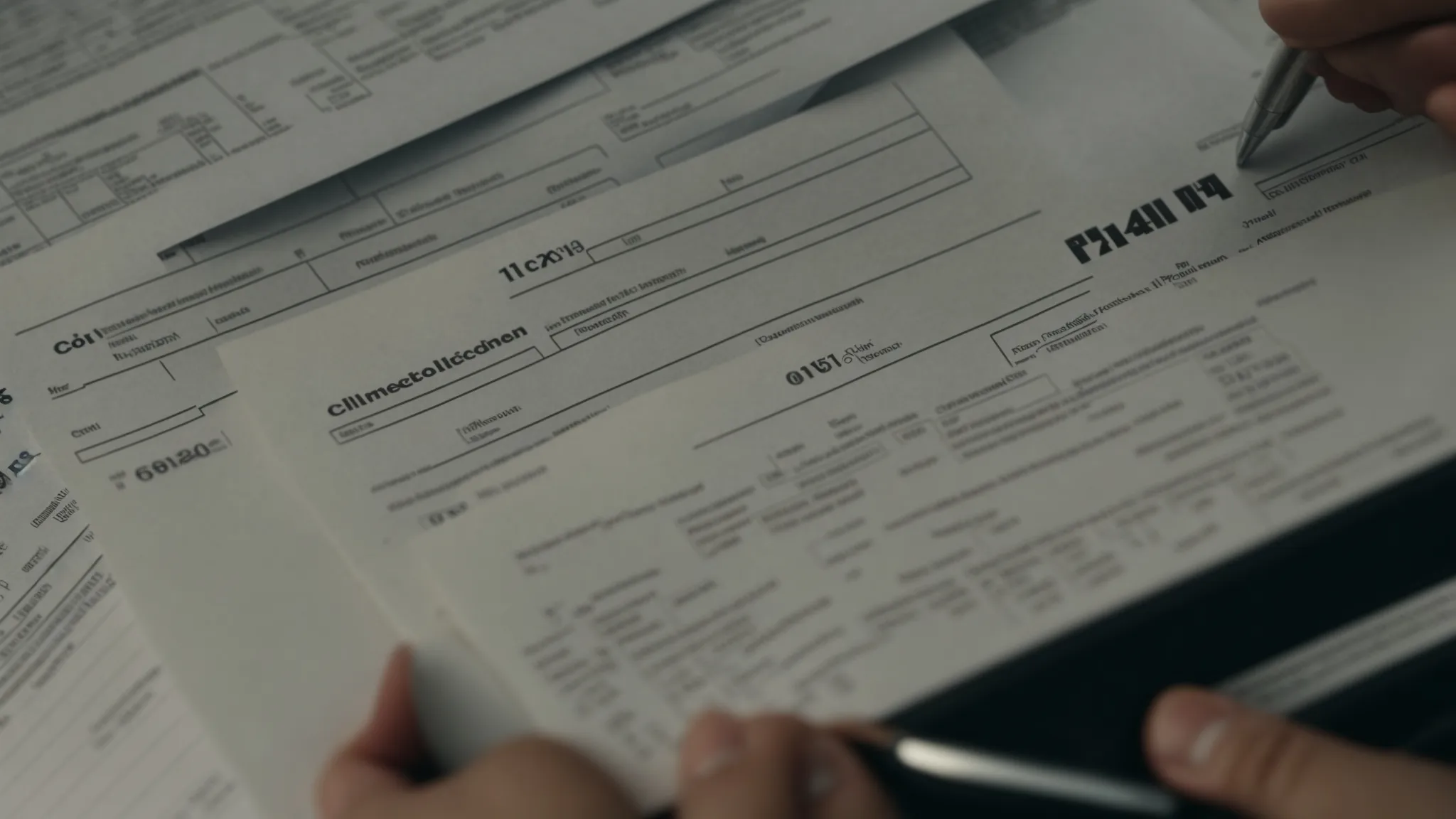In the United States, particularly during the COVID-19 pandemic when hospitals are attempting to minimize the number of visitations, if you need inpatient care, then it’s serious. As such, you’ll be expected to stay within the hospital overnight, or for several days. Though this type of care will be for more pressing matters than the norm, there is still little to worry about. After all, the best place for anyone to be in the event of illness or injury is a hospital.
Some healthcare services that require you to stay at the hospital might be quite innocuous, but require a little more time for observation to ensure there are no further problems or that treatment is working, (such as post-concussion observation, or a reaction to general anesthetic). However, observation is not classed as in-patient care, and through the advances in medical technology moving towards the modern age (even before the coronavirus outbreak), out-patient care tends to be the more preferable type of treatment and keeps the hospitals a lot more available, as well as the average cost for treatment plans and insurers lower. Here are a few types of in-patient healthcare services available in the U.S.
Rehabilitation

There are obvious reasons for being required to stay in the hospital for treatment. Serious illnesses or complications from illnesses such as respiratory or cardiac diseases tend to be the most common reasons, whilst injuries can include anything that is more life-threatening or changing, like injuries to the brain, burns, or even loss of limbs.
However, rehabilitation is also classed as a form of in-patient treatment, as much continuity of care requires a stay in the medical environment. Aside from the peace of mind that comes with the knowledge that medical assistance is never far away, rehab also offers a wide variety of long-term treatment plans for a whole host of conditions. For example, the rehabilitation services at Baylor Scott and White Rehab Institute (also known as Baylor Scott and White Institute of Rehabilitation), help patients to “find their way back from all types of injuries, illnesses, and chronic conditions.”
Baylor inpatient rehab is based in Dallas but has facilities all over the Fort Worth area. Baylor Scott and White Institute’s intention is to help people with traumatic brain injury, traumatic spinal cord injury, and patients requiring ventilation get back to an “independent and productive lifestyle.” In addition, they also offer out-patient treatment through Telehealth services and are working with Ekso Bionics in order to provide a new wave of robotic medical care to those in need of advanced prosthetics.
Insurance Coverage

As with most forms of medical treatment in the United States, there will be a need for some type of medical or health insurance to finance the treatment required. If you are on a low income, a young person, or of retirement age in the U.S. then treatment options may be covered by Medicare or Medicaid, in which case setting up a monthly payment plan will be a lot easier. When it comes to payment options for most, however, then you should probably call your insurance company and discuss treatment costs, should you need in-patient care.
Never discuss payment options via an email or without verifying who is providing the information first. There are a lot of scammers trying to hook people through healthcare insurance emails, claiming to be offering Medicaid or better options, and such messages cannot be trusted. Likewise, you should be the one contacting insurance companies, not the other way around, and similar scam calls should be ignored. If an insurance company offers to call you, make sure it’s only in return for a call you made. If you have missed a call and you believe it was from a prospective insurer, then there are ways to find out whose number it was. Remember, at the end of the day, if a deal sounds almost too good to be true, then it likely is a bad idea to follow through with it.
Orthodontics

Orthodontics and dental surgery fall into a bit of a grey area when it comes to whether they class as in, or out-patient treatment. For the most part, dental surgery, although it can hamper the quality of life and need anesthesia to proceed, is an out-patient service. It doesn’t require the overnight stay in a hospital nor does it usually involve performing the surgery whilst a patient is under sedation. In fact, it’s very rare that a patient will require a hospital visit at all, and most dentistry is performed at a dentist’s office. Dentists, too, can also be covered by specific insurance (aptly named dental insurance), but coverage for the costs for dental care is usually a perk from an employer.
The majority of the time, dental care is paid for in a different way to most healthcare costs incurred in the U.S.’s system. Most treatment plans, such as the fitting and upkeep of traditional metal braces or Invisalign options, are also paid for with a series of monthly payments. It’s also down to the dentists themselves to determine how much braces cost, but there are plenty of offers out there (like from Your AZ Braces), that will include Medicaid options or deductions from health insurance.
Other Types Of In-Patient Options

Ongoing care is often provided in the home for most patients with long-term conditions, and this is done to alleviate strain on hospital resources. However, there are specialist healthcare locations for patients to stay in over longer periods of time, such as the Regional Cancer Care Associates’ cancer center in Franklin Lakes, NJ, which will provide 24-hour oncology treatment to those who are living with cancer.
Comparing inpatient with outpatient care is not so straight-forward with the inclusion of medical observations, rehabilitation, and specific care. 2020 will have provided plenty of anomalous results as to which facilities will have had the abilities to provide the same services pre-coronavirus. However, the aim for most healthcare providers is to ensure that outpatient therapy overtakes the requirements for in-hospital stays, and thus reduces the strain on hospital recruitment and equipment sourcing. Time, and new technologies, will determine the margin of their success, but, for now, the focus is on trying to keep people out of the hospitals, whether it’s a New York medical center or a Dallas hospital, to curb the COVID-19 spread.











